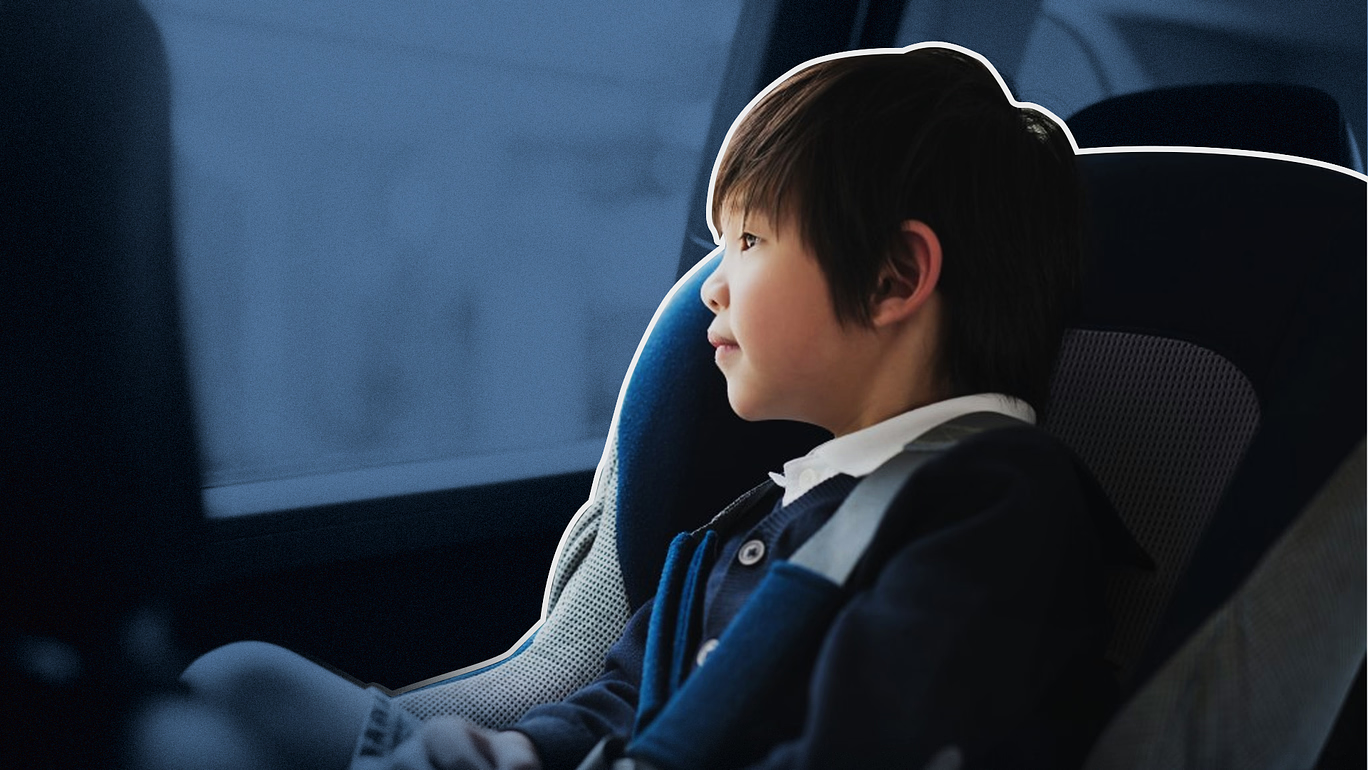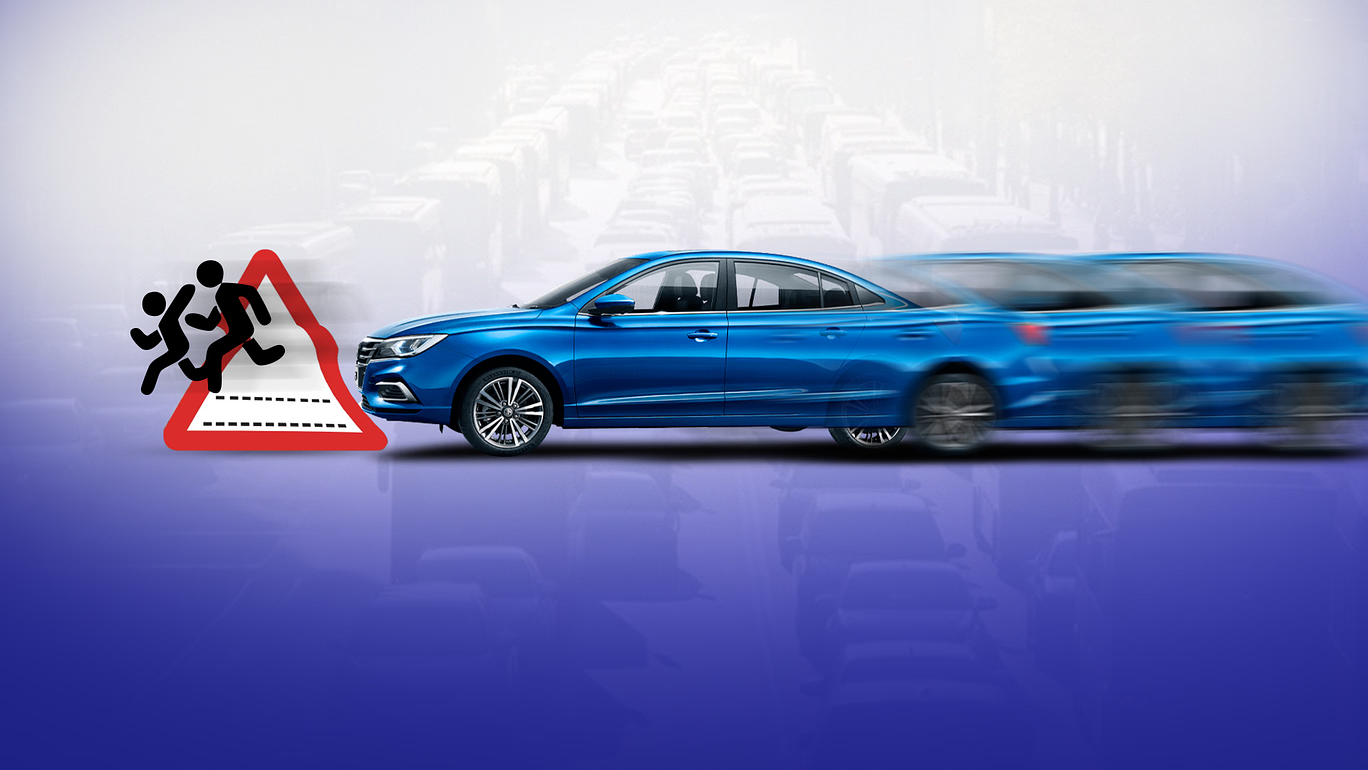Many Filipino drivers may not realize that they’re unknowingly putting young passengers at risk, or even violating the law. With child-related road accidents on the rise, the Philippine government has responded with stricter safety measures designed to protect children while in vehicles. From updated car seat requirements to tighter enforcement, these changes aim to ensure that every ride is safe, legal, and child-friendly.
When you hit the road, it’s important to ask yourself: Am I truly following the rules when driving with kids? Let’s take a closer look at the growing push for child safety, the laws every motorist should know, and the future of protecting young passengers on Philippine roads.
The Enactment of the Child Safety in Motor Vehicles Act
Republic Act No. 11229, known as the Child Safety in Motor Vehicles Act, was enacted into law on February 22, 2019. This legislation mandates that children aged 12 and below, who are shorter than 4’11” (150 cm), must be secured in a child restraint system appropriate for their age, height, and weight. It applies to private vehicles and aims to align the country’s standards with global best practices in child passenger safety. Ultimately, this law seeks to reduce the risk of injury or death caused by improper seating during vehicular incidents.
Rising Incidents of Road Accidents Involving Children
The primary reason for the enactment of this law is the growing rate of road crash incidents involving young passengers. Data has consistently shown that children are often among the most vulnerable in road collisions, largely due to a lack of proper restraints, the tendency to allow children to sit in front seats, or the total absence of seatbelts. By tightening regulations and promoting awareness, the government hopes to curb these preventable tragedies.
Increased Public Awareness and Education Efforts
Alongside legal enforcement, public education has played a vital role in advancing child safety. Campaigns and initiatives across the country have helped inform parents about the value of child car seats, booster seats, and seatbelt use. These efforts are gradually changing perceptions, as more families recognize that safety devices are not mere accessories but essential protections in the event of sudden stops or collisions.
Stricter Monitoring by Authorities
To reinforce these measures, agencies like the Land Transportation Office (LTO) have intensified enforcement through vehicle inspections and safety briefings. Non-compliant drivers are subject to penalties, serving as a reminder that child safety is a shared responsibility. By holding motorists accountable, the LTO ensures that awareness is matched with action.
Advances in Vehicle Safety Technologies
Moreover, automobile manufacturers are stepping up by integrating safety-enhancing features into their vehicles. These include:
- Built-in child seat anchors (ISO-FIX systems)
- Automatic seatbelt reminders
- Rear seatbelt sensors
- Collision warning systems
Such developments are making it easier and safer for families to transport their children, further complementing the goals of the law.
However, while the law is commendable, its implementation faces notable hurdles:
- The High Cost of Child Car Seats – For many Filipino households, the price of a quality car seat can be prohibitive. This economic barrier makes compliance difficult, especially for families with multiple children.
- Lack of Regulations for Public Transport – Although the law targets private vehicles, most Filipinos rely on jeepneys, buses, and tricycles—none of which are currently required to provide child restraints.
- Cultural and Practical Resistance – Some motorists still view car seats as unnecessary, citing inconvenience or unfamiliarity with how to use them correctly.
- Inconsistent Enforcement in Rural Areas – Outside of Metro Manila, limited resources and less visibility from traffic authorities can lead to weak enforcement.
Despite these challenges, progress continues. As enforcement becomes more consistent and awareness deepens, more families are expected to adopt safer travel practices. Looking forward, possible enhancements may include:
- Subsidies or incentives for purchasing car seats
- Expanding laws to cover public transportation
- Promoting child-friendly vehicle design across all car models
By prioritizing children’s safety through stricter measures, better education, and modern technology, we can significantly reduce injuries and fatalities. More importantly, we can build a culture that values responsible and mindful driving, beginning with the youngest passengers on our roads.
For the latest updates on transport policies, road safety measures, and driving education, connect with DriveSafe PH:
✔ Follow us on Facebook for real-time updates: https://www.facebook.com/drivesafeacademy
✔Be a responsible and safe driver–Enroll in our OTDC: https://main.drivesafe.ph/find-driving-school



